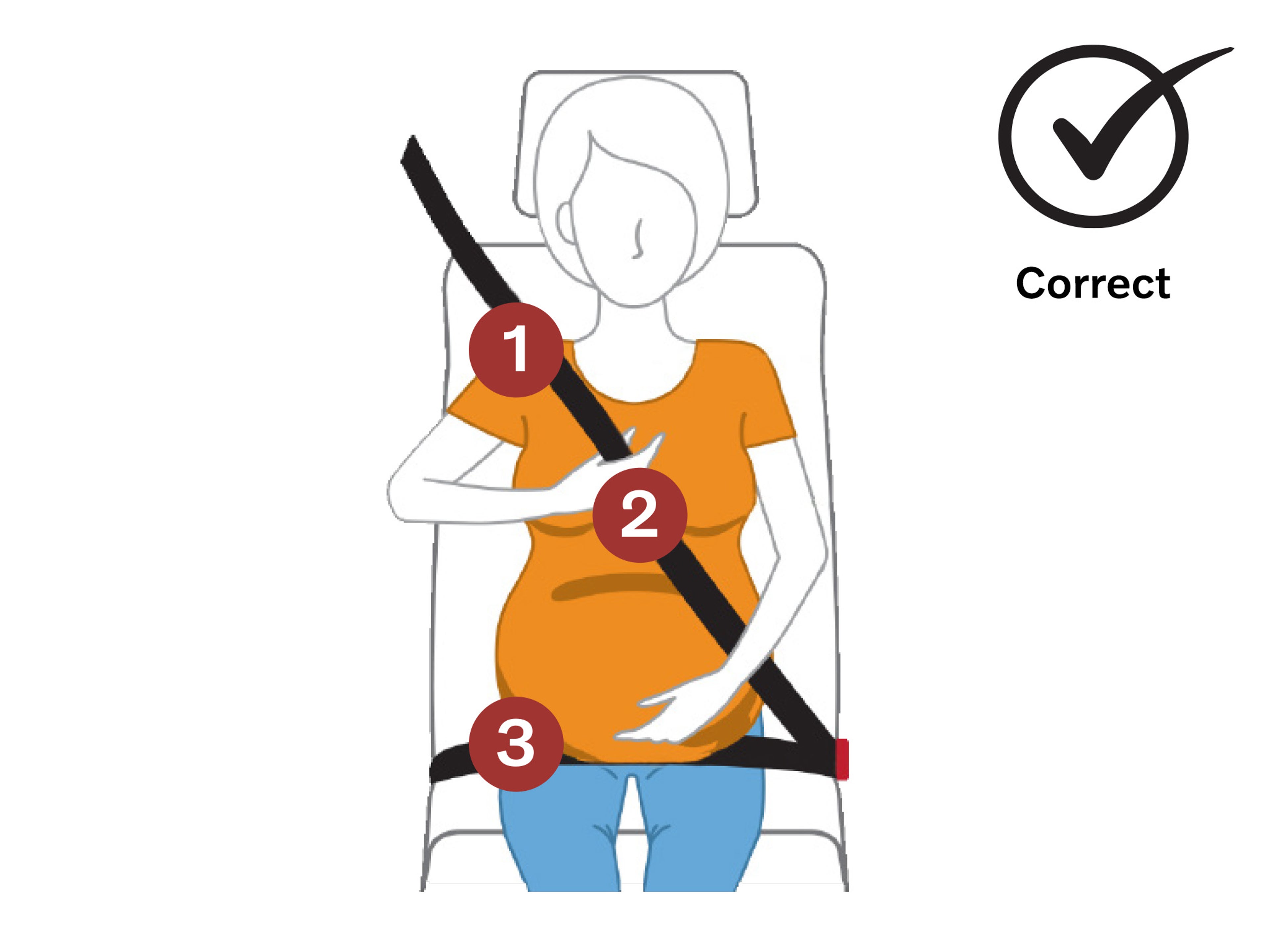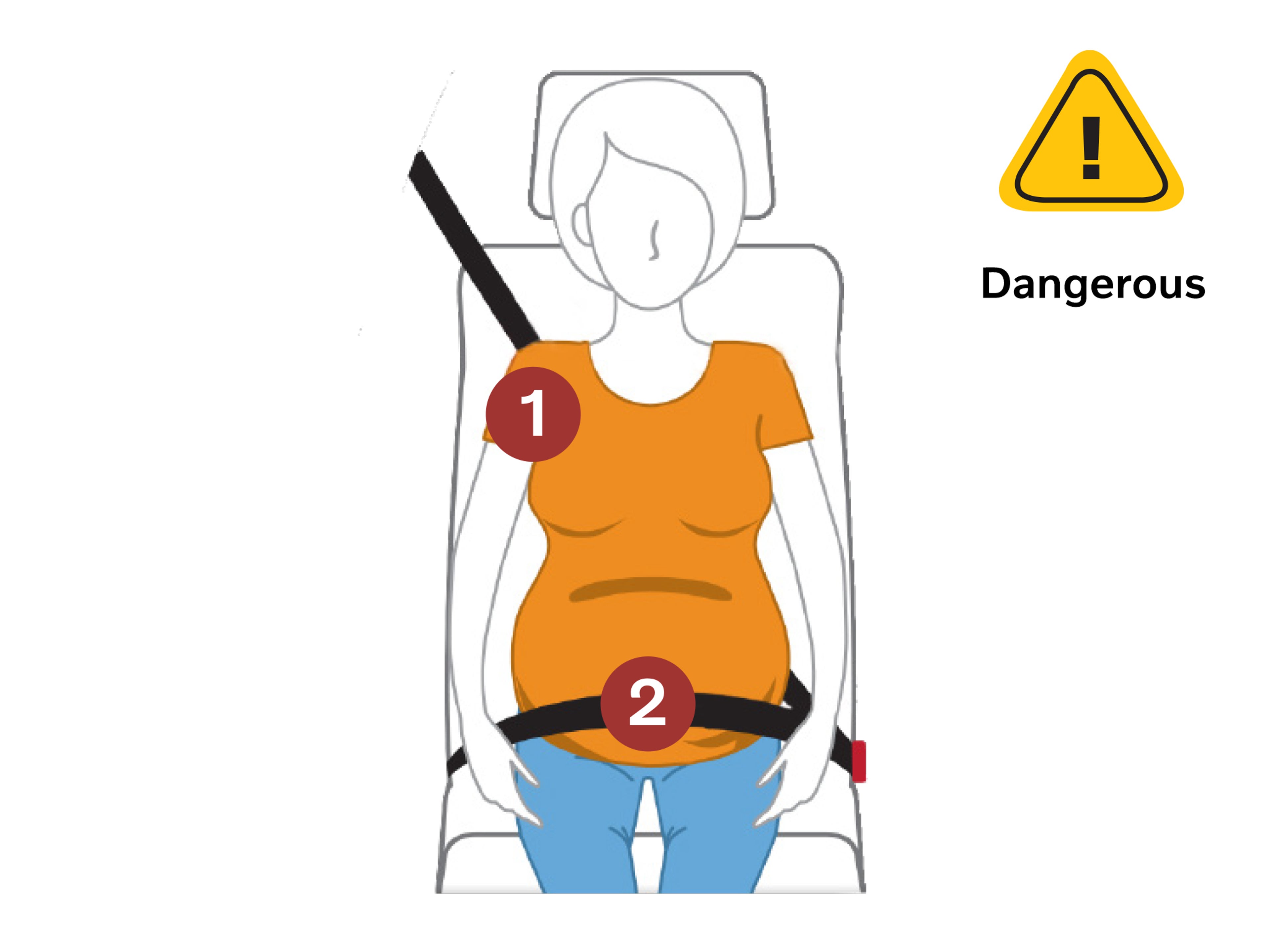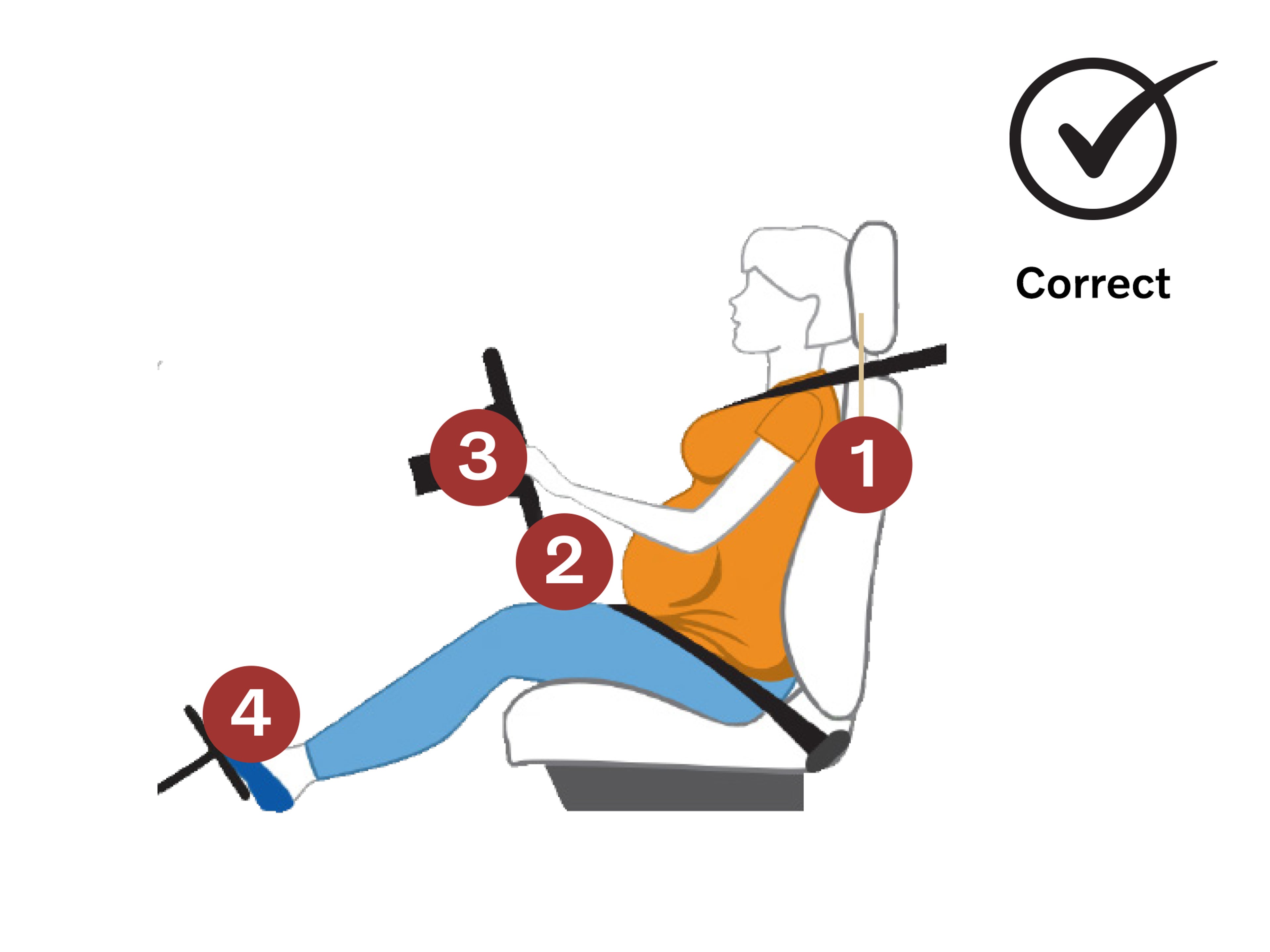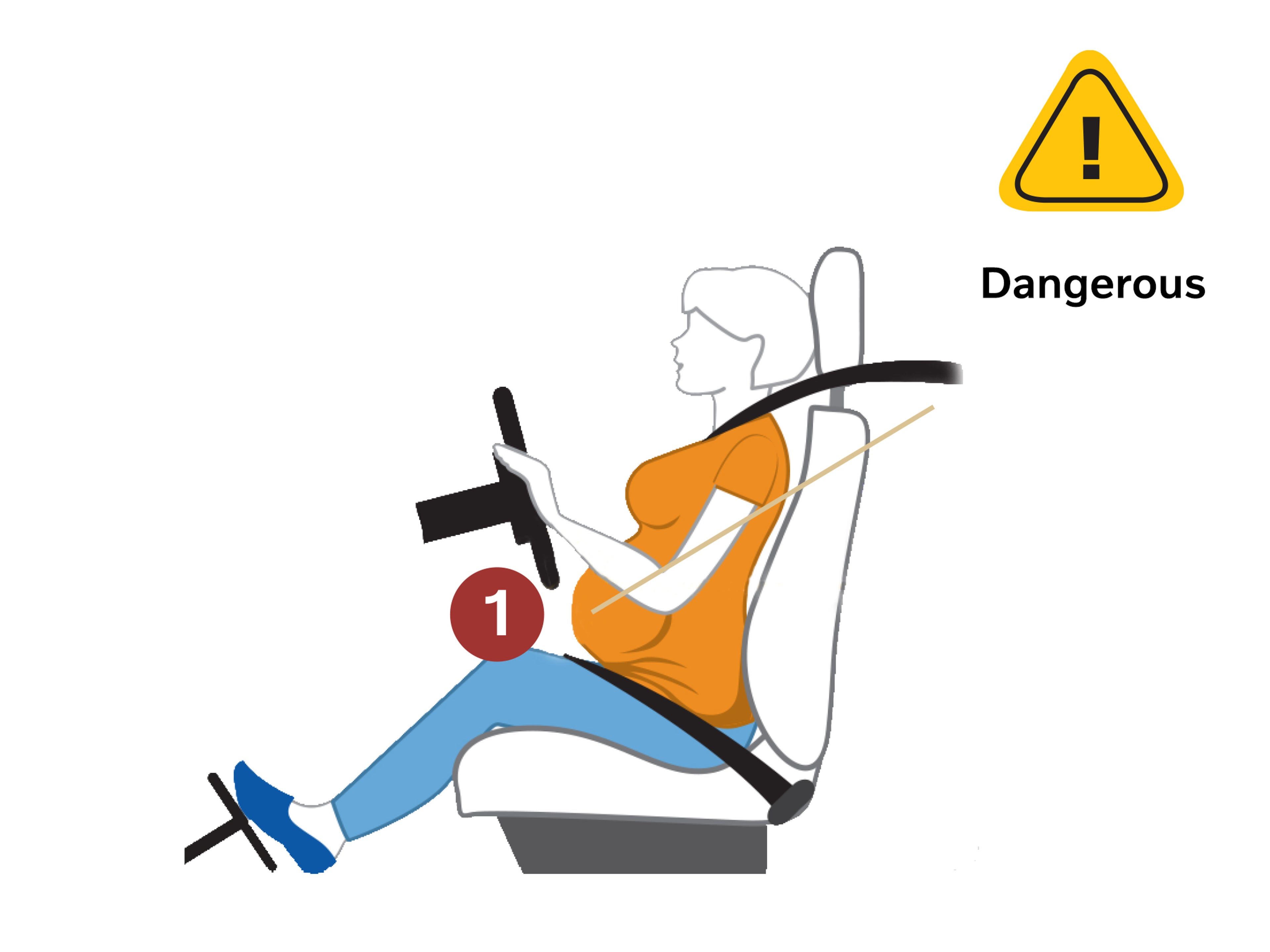Child Safety by Volvo
From baby bumps to booster seats and every stage in between, Volvo Cars is dedicated to helping keep expecting mothers and their child safe at every stage in their development.
.png?branch=prod_alias&quality=85&format=auto&iar=0&w=3840&imdensity=1)
How Becoming a Parent Changes Driving Forever
Most parents find their perception of driving to be forever changed with the arrival of a little one. Volvo Car USA has teamed up with The Harris Poll for this report focusing on providing new parents with the necessary resources to aid them in keeping their child safe.
Read the full report.png?branch=prod_alias&quality=85&format=auto&iar=0&w=3840&imdensity=1)
Take the guesswork out of finding a child seat
Choosing a car seat for your child can be overwhelming. However, the safest and best car seat is the one that will install securely in your vehicle, that fits your child's age, height, and weight, and that you can operate correctly every time.
Seat Belt Tips for Expecting Mothers
Volvo Cars invented the three-point safety belt in 1959 and released the patent free-of-charge to other automakers. Seat belts are the most important safety feature in today’s cars. It is important to know that as a woman’s body changes with pregnancy, so must the way a seat belt is used. A small adjustment can help protect both the mother and her baby.

Tip #1
1. Position shoulder belt on shoulder, away from neck.
2. Drape shoulder belt across your chest, between breasts, and remove any slack from the seat belt.
3. Secure lap belt snugly below belly, across hips and pelvic bone.

Tip #2
1. NEVER place the shoulder belt under your arm or behind your back.
2. NEVER place the lap belt over or on top of your belly.

Tip #3
1. Adjust the seat to a comfortable, upright position.
2. Keep as much distance as possible between your belly and the steering wheel.
3. Make sure you comfortably reach the steering wheel and pedals.

Tip #4
1. Avoid letting your belly touch the steering wheel.
NOTE: To minimize the gap between your shoulder and the seat belt, avoid reclining your seat more than necessary.
Car Seat Installation Checklist
Get the right car seat.
Make sure you're using the right car seat for your child's age, weight, and height. Read your car seat's instructions for size limits.
Register your seat right away.
This is so the manufacturer can notify you in the event of a safety recall. Mail in the registration card that came with the seat, or go to https://www.nhtsa.gov/equipment/car-seats-and-booster-seats#car-seat-registration
Read the instructions.
The instructions for both your vehicle and the car seat will help you install the seat correctly.
Install you car seat correctly.
Make sure your seat is:
•In the back seat. All children under age 13 should ride in the back seat, so install car seats in the back seat whenever possible.
•Never install a rear-facing car seat in front of an active passenger seat air bag; it can cause severe injury or death to rear-facing infants.
•Facing the correct direction. Remember to keep your child rear-facing as long as allowed by the car seat manufacturer. Don't hurry to turn your child forward-facing, as research shows that young child passengers are safest when riding rear-facing.
•Reclined at the correct angle. Some seats have an adjustable recline feature. Check your car seat manufacturer's instructions to be sure your car seat is properly reclined.
•Installed using either the seat belt or lower anchors. Remove twists or slack from the seat belt or lower anchor straps, and check your car seat manual to make sure you've threaded the seat belt or lower anchor straps through the correct path on the car seat. Note: some seats have two separate paths. If you use a seat belt, make sure the belt is "locked." Some car seats have a "lock-off" feature that holds the seat belt in place. For a forward-facing car seat, connect the seat's tether strap (located on the top of the seat) to your vehicle's tether anchor and tighten.
•Installed tightly. The car seat shouldn't move side-to-side or front-to-back more than 1 inch at the belt path.
Buckle your child in the car seat, every time.
Remember that buckling your child in correctly is just as important as installing the seat correctly.
Be sure to check:
•The position of the harness straps.
-Rear-Facing- Straps should be routed through the harness slots at or just below your child's shoulders.
-Forward-Facing- Straps should be routed through the harness slots at or just above your child's shoulders.
•The fit of the harness. The harness straps should be snug and free of twists. You shouldn't be able to pinch excess webbing at your child's shoulders.
•The harness buckle. Make sure buckle pieces are fully inserted and secure.
•The chest clip. Buckle the chest clip at your child's armpit level.
Booster Seat Installation Checklist
Get the right booster seat.
Make sure you're using the right seat for your child's, age, weight, and height. Read your booster seat's instructions for guidance and size limits. Keep in mind that there are different types of booster seats: backless and high-back. Some car seats convert to booster seats.
Register your seat right away.
This is so the manufacturer can notify you in the event of a safety recall. Mail in the registration card that came with the seat, or go to https://www.nhtsa.gov/equipment/car-seats-and-booster-seats#car-seat-registration
Read the instructions.
The instructions for both your vehicle and your booster seat will help you use your seat correctly. Your vehicle owner's manual has important information about adjusting seat belts and head restraints. The booster seat's instructions include age, weight, and height recommendations as well as belt positioning information.
Install your booster seat correctly - in the back seat.
Make sure:
•The booster seat is installed in the back seat. All children under age 13 should ride in the back seat, so install booster seats in the back seat whenever possible.
• The booster seat is facing forward.
• There is a lap and shoulder belt for your child to use - never use a booster seat with just a lap belt.
•With a backless booster seat, your child uses the vehicle's seat back or built-in head restraint for head, neck, and back support.
Secure your child correctly in the booster seat, every time.
●High-back boosters: Make sure:
- Your child's back is flat against the back of the booster seat. -The lap belt portion of the seat belt is under the booster seat's arm rests. -You use the shoulder belt positioners that are provided with the booster seat to keep the shoulder belt in place. -The seat belt lays flat - remove all twists.
●Backless boosters: Make sure:
- Your child's back is flat against the vehicle's seat back. -The lap belt portion of the seat belt is under the booster seat's arm.
- You use the shoulder belt positioners that are provided with the booster seat to keep the shoulder belt in place.
- The seat belt lays flat - remove all twists. -The vehicle's head rest is adjusted following guidance in the vehicle manual.
Be sure to check.
•The fit of the harness. The harness straps should be snug and free of twists. You shouldn't be able to pinch excess webbing at your child's shoulders.
•The harness buckle. Make sure buckle pieces are fully inserted and secure.
•The chest clip. Buckle the chest clip at your child's armpit level.